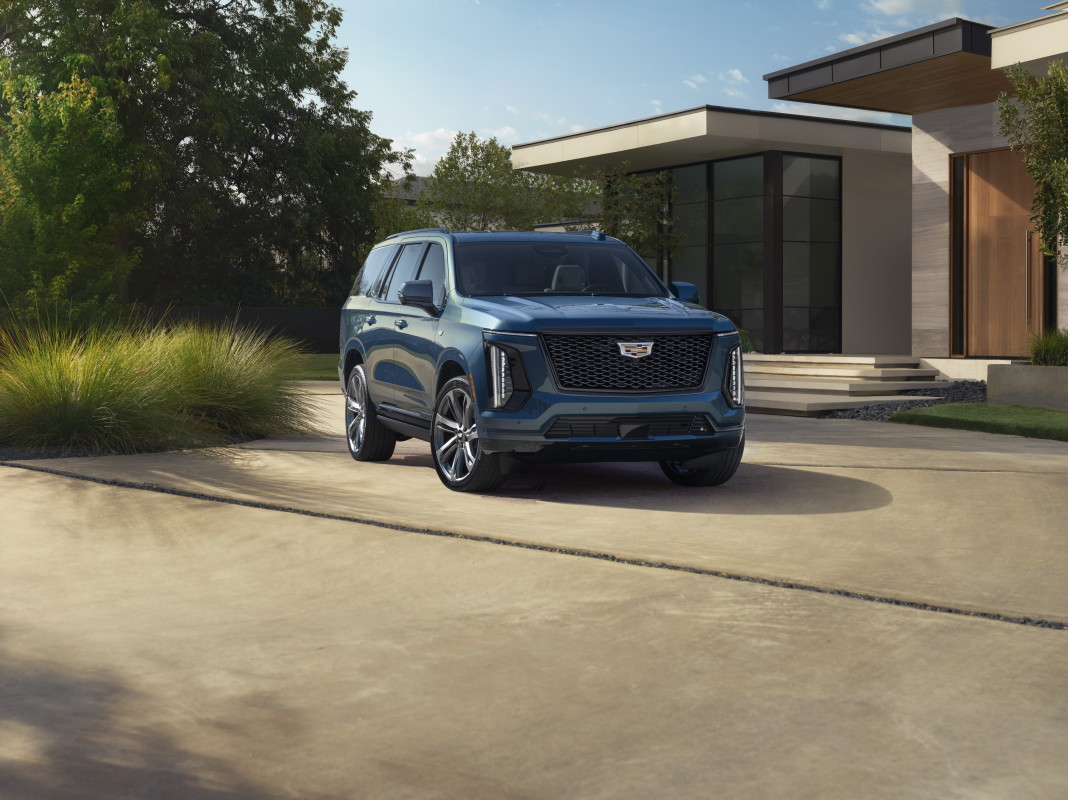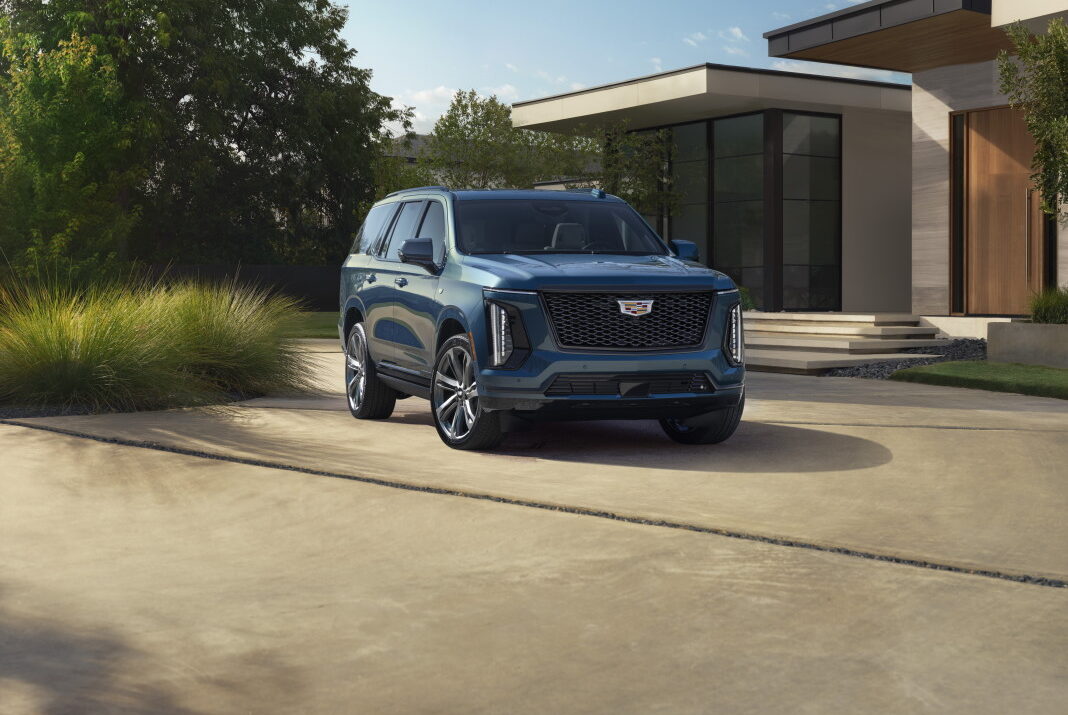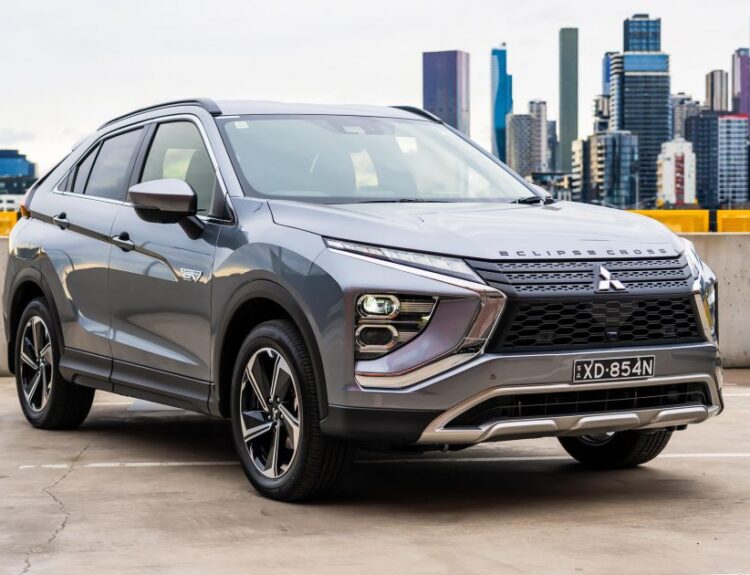
Car buyers today are encountering unprecedented monthly payment burdens. Recent data from Edmunds indicates that in the final quarter of 2024, nearly one in five new-car purchasers—18.9%—committed to monthly payments surpassing $1,000. This figure marks a historic high and highlights the escalating costs associated with vehicle financing, attributed to soaring car prices and a diminishing pool of affordable financing options.
Jessica Caldwell, head of insights at Edmunds, emphasized the escalating pressure on consumers. “It’s increasingly challenging for the average buyer to enter a dealership and drive away with a vehicle without feeling compelled to adjust their budget from other essential aspects of their life,” she remarked.
The average monthly payment for new vehicles climbed to $754 in Q4 2024, reflecting a rise from $739 the previous year. Meanwhile, for used cars, the average monthly payment saw a slight reduction to $533, yet this remains elevated compared to pre-pandemic norms.
Related: Honda unveils groundbreaking EV concepts at CES 2025—are they the future of driving?
Consumers are also borrowing unprecedented sums to finance their vehicle purchases. The average loan amount for new cars soared to $42,113 in Q4 2024—a significant increase from $39,977 a year prior. For used cars, the average loan amount slightly rose to $28,675, up from $28,643 in Q4 2023.
While interest rates remain relatively high, there are signs of gradual improvement. The average annual percentage rate (APR) for new car loans dipped to 6.8% in Q4 2024, compared to 7.4% a year earlier. Correspondingly, loans with extended terms—often leveraged to manage payment sizes—saw a reduction in rates, averaging 7.8% versus over 8% in earlier quarters.
Nevertheless, 0% financing offers remain a rare commodity, accounting for merely 2.4% of new vehicle financing deals. These offers are predominantly available to buyers with exceptional credit ratings, leaving many consumers without access.
Related: Tesla’s remarkable sales streak comes to a close as EV sales dip for the first time in over a decade.
As affordability of traditional car purchases dwindles, there are still viable alternatives emerging for 2025. Leasing electric vehicles (EVs) or opting for used cars may provide consumers with manageable payment plans without compromising on quality.
“For longtime new-car buyers re-entering the market after several years, exploring used vehicle options or considering new EV leases is advisable to maintain monthly payments closer to those experienced before the pandemic,” advised Ivan Drury, director of insights at Edmunds. This shift grants buyers the flexibility to either remain with familiar gasoline vehicles by purchasing used models or to embrace greener technology through affordable EV leasing arrangements.
Related: Carvana faces scrutiny as a recent report claims its recovery is a “mirage.”
As 2025 approaches, consumers will find that adaptability and strategic planning will be essential in a market where affordability seems increasingly elusive. By considering used vehicles or new EV lease opportunities, buyers may discover ways to extend their budgets. While declining interest rates could enable consumers to secure larger loans at lower costs, the broader issue of affordability requires automakers to focus on producing more economical vehicles.
Related: Toyota Supra buyers demonstrate that the manual transmission remains relevant in today’s market.
Source:www.autoblog.com






